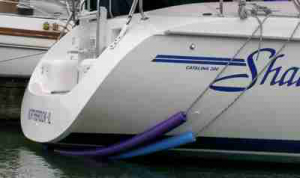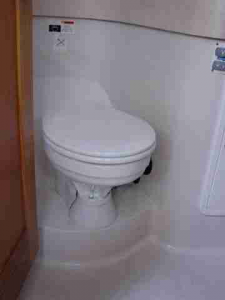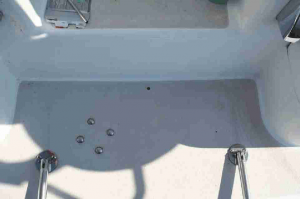“Noodles” Stop Wave Slapping
Bill Weaver
May, 2008
Hull #: C380 # 54
My wife and I have sailed our C380 on Lake Michigan since it was delivered to us new in early 1997. Since I retired two years ago, we’ve logged about 1,000 miles over several weeks each of the two summers.
There are few things that annoy us about our C380, the main one being water slapping noise in the stern cabin. It seems that we too often end up with an aft wind, causing small ripplets or larger waves to slap against the hull. We’ve solved this problem by using swimming “noodles”. We string two noodles onto a line and secure it to the stern cleats or to the stern rail. One seems to work well if there are only small ripplets; otherwise two will usually do the trick. The photo shows our boat after a rough
You need to be logged in to see the rest of this content. Catalina380-IA members, please login.
To join please fill out a membership application (Association->Membership Application) and send a check to the address on the form.




